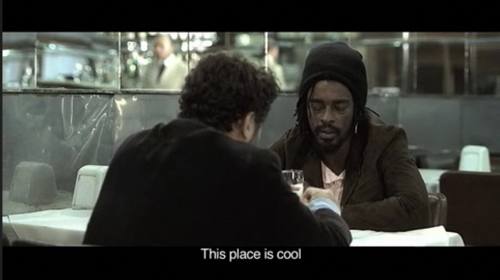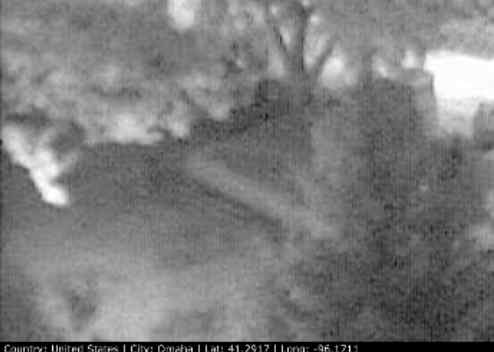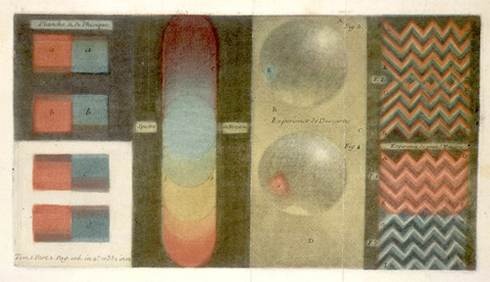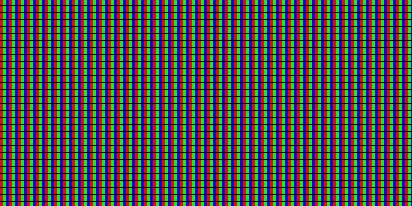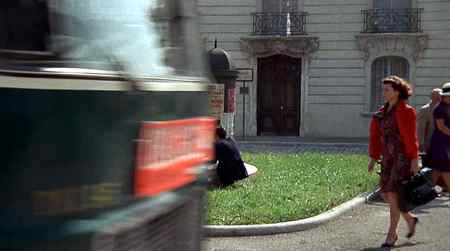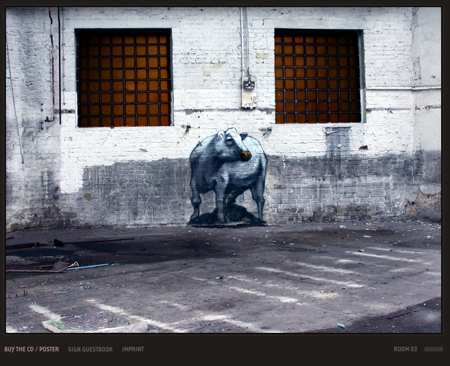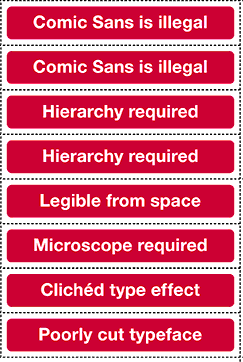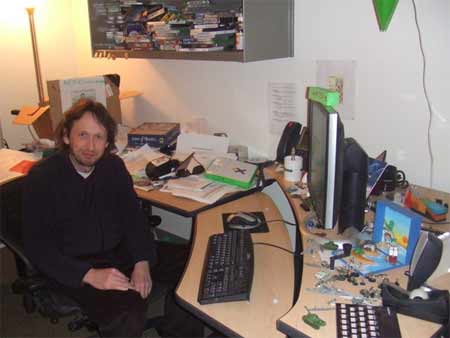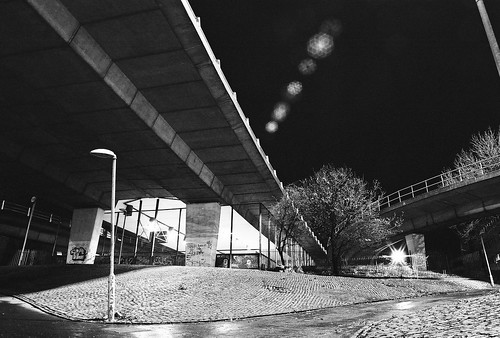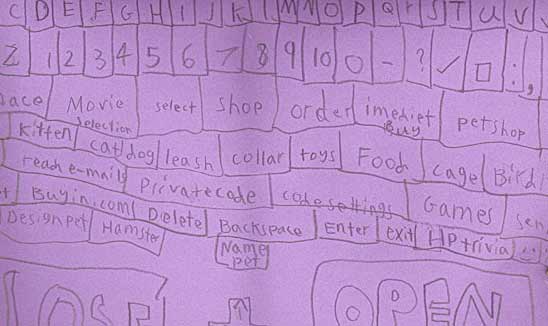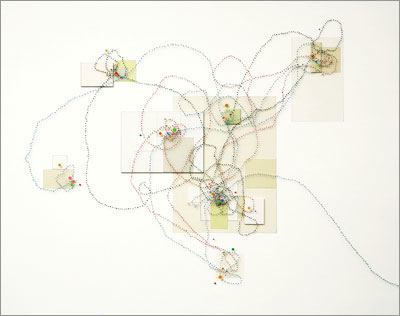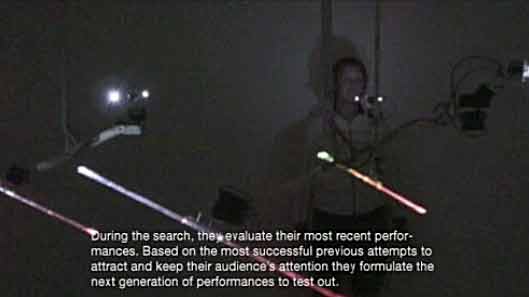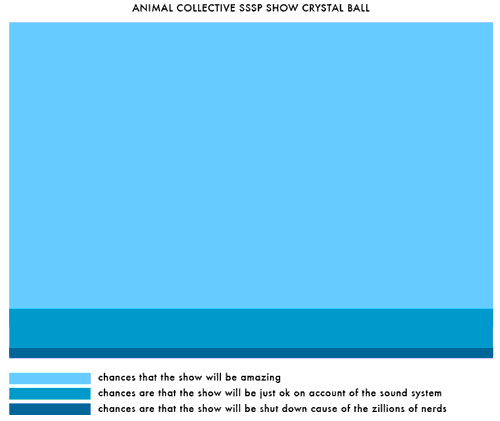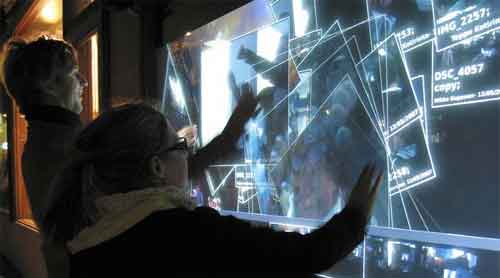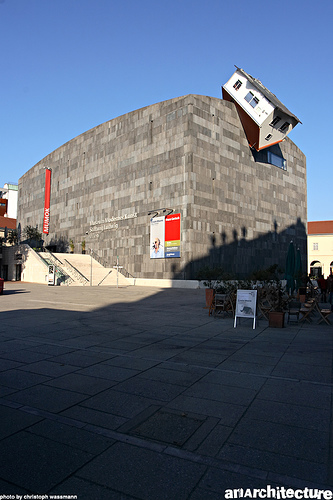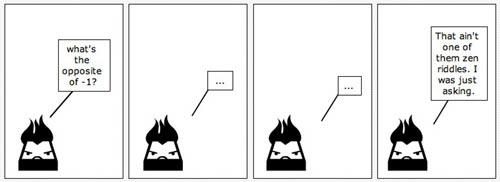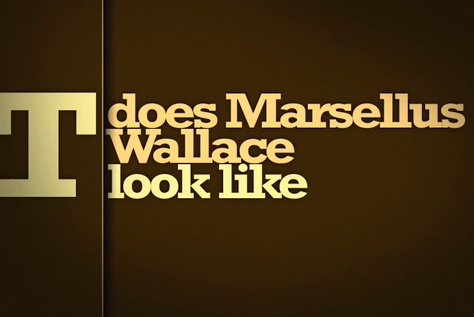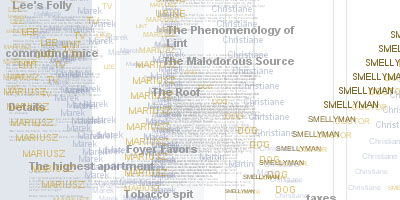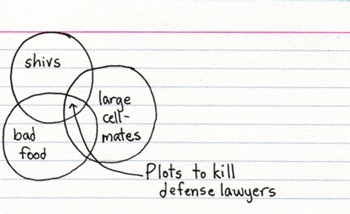BLDGBLOG publishes an interview with Walter Murch," as well his short essay, Manhattan Symphony (itself followed by a reprint of Michelangelo Antonioni's essay on the same topic).
BLDGBLOG: When you’re actually editing a film, do you ever become aware of this kind of underlying structure, or architecture, amongst the scenes?
Murch: There are little hints of underlying cinematic structures now and then. For instance: to make a convincing action sequence requires, on average, fourteen different camera angles a minute. I don’t mean fourteen cuts – you can have many more than fourteen cuts per minute – but fourteen new views. Let’s say there is a one-minute action scene with thirty cuts, so that the average length of each is two seconds – but, of those thirty cuts, sixteen of them will be repeats of a previous camera angle.
Now what you have to keep in mind is that the perceiving brain reacts differently to completely new visual information than it does to something it has seen before. In the second case, there is already a familiar template into which the information can be placed, so it can be taken in faster and more readily.
So with fourteen “untemplated” angles a minute, a well-shot action sequence will feel thrilling and yet still comprehensible: just on the edge of chaos, which is how action feels if you are in the middle of it. If it’s less than fourteen, the audience will feel like something is lacking, and they’ll disengage; if it’s more than fourteen, so much new information is being thrown at the audience that they’ll also disengage, though for different reasons.
At the other end of the spectrum, dialogue scenes seem to need an average of four new camera angles a minute. Less than that, and the scene will seem flat and perfunctory; more than that, and it will be hard for the audience to concentrate on the performances and the meaning of the dialogue: the visual style will get in the way of the verbal content and the subtleties of the actors’ performances.







